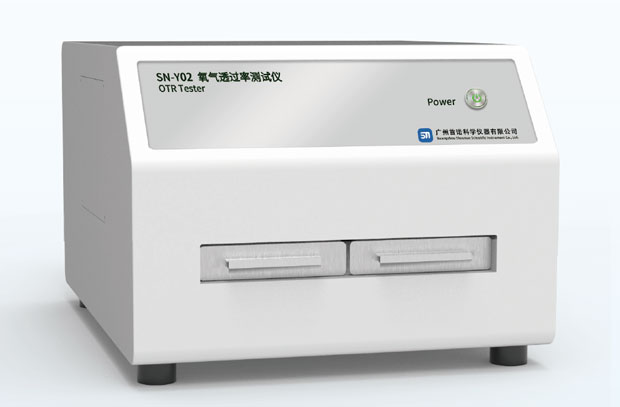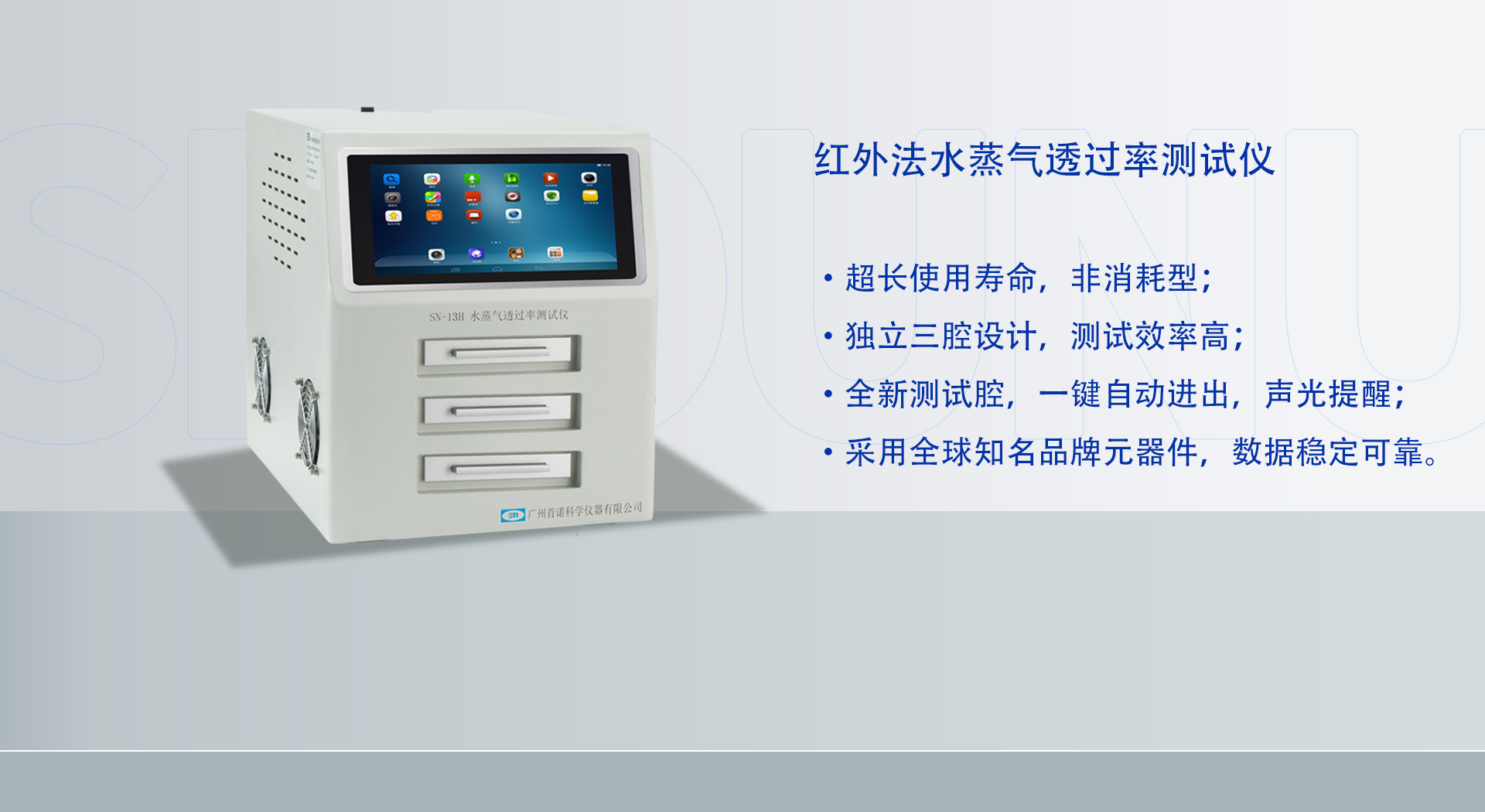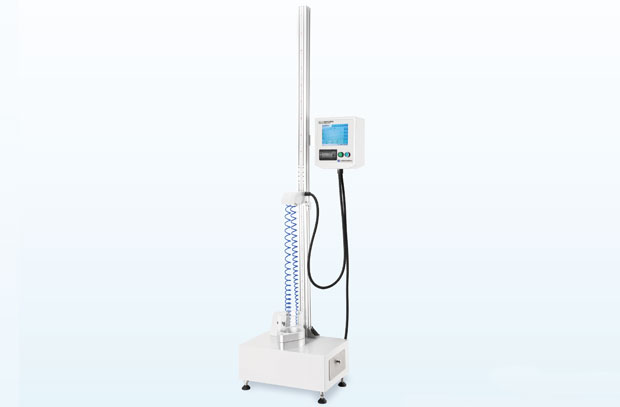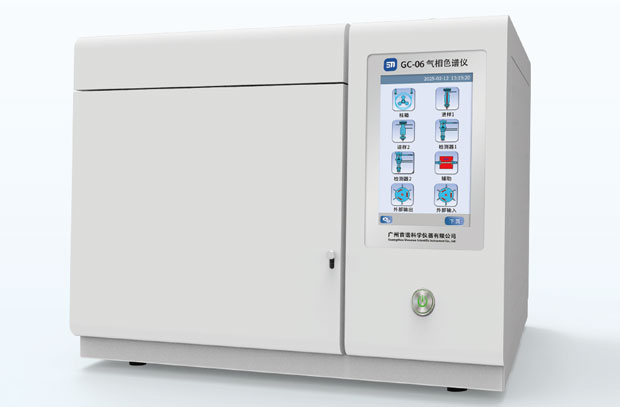Behind the dazzling array of products on supermarket shelves, amidst the rigorous controls ensuring drug efficacy, and even in the R&D labs of cutting-edge materials, there's a key indicator often overlooked by consumers, yet crucial for a product's shelf life, safety, and performance : the packaging or barrier material's ability to block oxygen. The instrument that accurately measures this barrier is the oxygen transmission rate tester ( OTR tester ) .

1. Core Concept: What is Oxygen Transmission Rate ( OTR )?
Definition: Oxygen transmission rate (OTR) refers to the amount of oxygen that permeates a unit area of film or packaging material per unit time under specific temperature and humidity conditions. Standard units are typically cm³/(m²·d·atm) ( cubic centimeters per square meter per day per standard atmosphere ) or cc/(m²·day) ( under a specific pressure differential ) .
Significance: The OTR value directly reflects a material's ability to block oxygen. The lower the OTR value, the better the material's barrier to oxygen . This is crucial for preventing oxidation and deterioration of contents.
Why is measuring OTR important?
Ensuring food safety and extending shelf life: Oxygen is the primary cause of oxidative rancidity, discoloration, nutrient loss, and microbial growth in foods (especially oils, nuts, snacks, baked goods, meat, and dairy products). Accurate OTR testing provides the scientific basis for selecting appropriate packaging materials, designing effective packaging solutions, and predicting and ensuring the shelf life of food.
Ensuring the safety and effectiveness of drugs and medical devices: Many drugs and medical devices are extremely sensitive to oxygen, which can cause their active ingredients to degrade, lose effectiveness, and even produce harmful substances. OTR testing of high-barrier packaging (such as blister packs and aluminum-plastic composite bags) is a key step in drug stability studies and GMP compliance.
Chemical product protection: Certain fine chemicals, electronic components, metal products, etc. also need to block oxygen to prevent oxidative corrosion or performance degradation.
Material R&D and Quality Control: In the R&D and production of packaging materials (plastic films, composite films, aluminum foil, aluminized films, co-extruded films), barrier coatings, elastomeric seals, and new energy battery barrier films, OTR is a core indicator for evaluating new material performance, optimizing processes, conducting incoming material inspections, and controlling factory quality.
Compliance with regulations and standards: Both domestic and international standards (such as ISO, ASTM, GB/T, JIS , etc.) have OTR testing standards for different materials and application areas . Compliance testing is a prerequisite for product marketing.
3. Working Principle of Oxygen Transmission Rate Tester
Although the specific technical details vary depending on the instrument model and the standards followed, the core process of mainstream methods (such as coulometric / coulometry and isobaric method) can be summarized as follows:
Sample preparation: Fix the material to be tested (film or packaged product) in the middle of the test chamber and divide it into two independent chambers.
Establish an oxygen concentration gradient: High-purity oxygen or a mixture of oxygen and nitrogen in a certain ratio is introduced into one chamber (the high-pressure side) to create a high oxygen partial pressure environment. A high-purity carrier gas (such as nitrogen) is introduced into the other chamber (the low-pressure side) and maintained at low or ambient pressure to create a low oxygen partial pressure environment. Oxygen naturally diffuses from the high-pressure side through the material to the low-pressure side.
Detection of oxygen transmission: This is the core difference:
Coulometric method (common and accurate): A carrier gas from the low-pressure side carries the permeated oxygen into a sensor (coulometric sensor) filled with a special electrolyte. Oxygen undergoes an electrochemical reaction within the sensor, generating a weak current that is strictly proportional to the amount of oxygen. By accurately measuring this current, the amount of oxygen permeated per unit time can be calculated.
Isobaric method: The low-pressure side is usually maintained at normal pressure. The concentration change of the transmitted oxygen is directly detected by a high-sensitivity oxygen sensor (such as a fuel cell sensor), and the transmittance is calculated in combination with the carrier gas flow rate.
Calculation and output: The software system inside the instrument automatically calculates the oxygen transmission rate ( OTR value) of the material and outputs a report based on the detected oxygen amount, test area, test time, pressure difference between the two sides, and temperature and humidity conditions .
4. Main types of test methods
Film / Sheet Testing: Testing of flat sheet materials. Standards such as ASTM D3985, ISO 15105-1/2, GB/T 1038, and JIS K7126-B must be followed .
Packaging container testing: This tests the oxygen barrier properties of formed packaging items such as bottles, bags, cans, boxes, and trays. Standards such as ASTM F1307, ISO 15105-3, and GB/T 31354 must be followed . This provides a more direct assessment of the seal integrity and overall barrier performance of the actual packaging.
5. Key considerations for selecting a tester
Test range: The range of OTR values that the instrument can accurately measure (from high barrier to low barrier).
Precision and repeatability: The accuracy and stability of measurement results.
Compliance with standards: Whether it supports the international, national or industry standards that users need to follow.
Test efficiency: single test time, whether multi-channel parallel testing is supported.
Sample adaptability: whether it supports film and packaging testing, and the sample size range.
Temperature and humidity control: Whether different temperature and humidity conditions can be accurately controlled and simulated (this has a huge impact on the OTR value of many materials).
Automation and ease of use: operating interface, degree of automation, and ease of maintenance.
Data management and reporting: whether the software functions are powerful and whether the report output is convenient and standardized.
After-sales service and technical support: supplier's professional capabilities and response speed.
6. Pay attention to industry trends
With consumers' increasing demands for food safety, drug safety, and product quality, coupled with the rapid development of new material technologies (such as biodegradable packaging, ultra-high barrier nano-coatings, and flexible electronic packaging), the requirements for packaging barrier properties are becoming increasingly stringent. As a key testing tool, oxygen transmission rate testers are also experiencing continuous technological advancements, moving towards higher precision, faster speeds, greater intelligence, and greater compatibility with multiple standards.
Industry representative company: Guangzhou Sono Scientific Instrument Co., Ltd.
In the field of precision gas permeability testing, Guangzhou Solutia Scientific Instruments Co., Ltd. is a noteworthy professional supplier. The company is dedicated to providing high-performance, highly reliable gas permeability testing solutions for industries such as food, pharmaceuticals, packaging, new energy, electronics, chemicals, scientific research, and quality inspection agencies. One of its core products is the oxygen permeability tester ( OTR Tester ) .

Technical Strength: Solutia Scientific Instruments typically masters core coulometric and coulometry methods, among other mainstream testing technologies. Its instrument designs focus on precise temperature and humidity control (e.g., built-in high-precision temperature and humidity chambers) to ensure test results meet international standards (e.g., ISO , ASTM , GB , etc.) and data is accurate and reliable.
Product Line: A company's product line often covers diverse needs and may include standard models suitable for film / sheet testing as well as specialized models for integral barrier testing of formed packaging containers such as bottles, bags, and boxes. Some high-end models may feature multiple test chambers in parallel, significantly improving laboratory efficiency.
Application services: As a professional instrument supplier, Solutia Scientific Instruments usually not only provides hardware equipment, but also focuses on providing comprehensive support services such as application method development, standard consulting, and technical training to help users solve practical testing problems.
Market Positioning: Focusing on the niche field of gas permeability testing, the company has cultivated a strong market presence through its expertise and service, building a strong reputation and customer base among users in related industries. Its instruments are widely used in key areas such as product quality control, R&D innovation, and compliance testing.
The existence and development of Guangzhou Shounuo Scientific Instrument Co., Ltd. reflects the improvement of the Chinese market's localized service capabilities in the field of high-end precision testing instruments, and provides strong equipment and technical support for many domestic companies to ensure product quality and safety, improve R&D efficiency, and meet domestic and international regulatory requirements.











 Tel:13556033107
Tel:13556033107 E-mail:gzsnyq@vip.163.com
E-mail:gzsnyq@vip.163.com 




